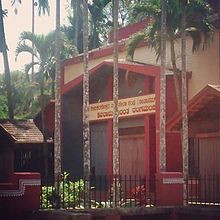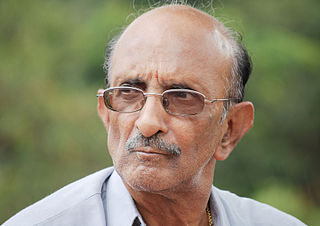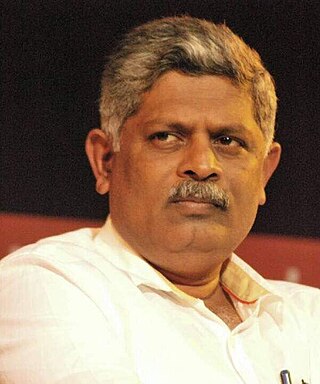

Ninasam (Kannada: ನೀನಾಸಂ) is a cultural organisation located in the village of Heggodu in Sagar Taluk of the Shivamogga district in the state of Karnataka, India. Ninasam (also spelt as Neenasam) is the short form of Sri NIlakanteshwara NAtyaseva SANgha, an organisation dedicated to the growth of drama, films and publishing. Akshara, the current head of Ninasam, tells a story where Ni means you, Na means me, and Sam is a pun on the English word Sum, and in music is the moment where rhythm comes together. Ninasam was the brainchild of the renowned dramatist and Magsaysay award winner, K V Subbanna. As he said, it is the communitarian activity. Ninasam works similarly to a co-operative society. Currently A R Shreedhara Bhatt, a retired revenue officer, is the president, and K V Akshara, the son of Subbanna, is the director.











